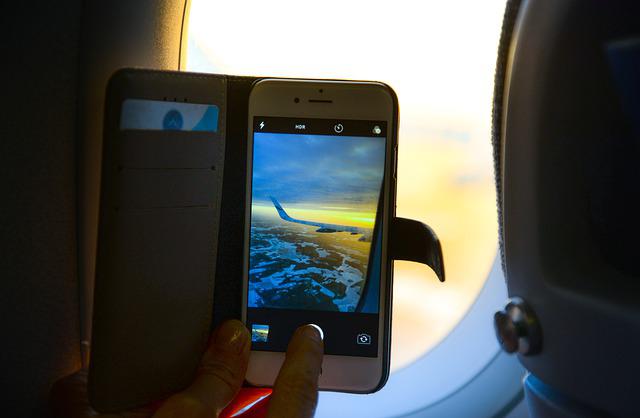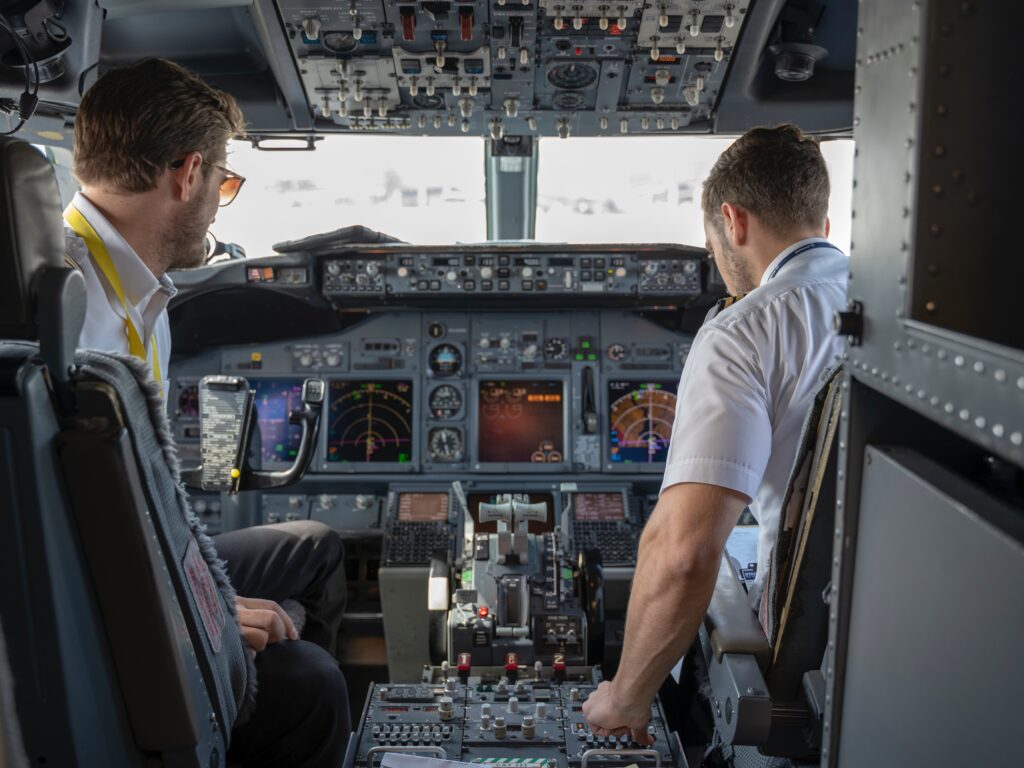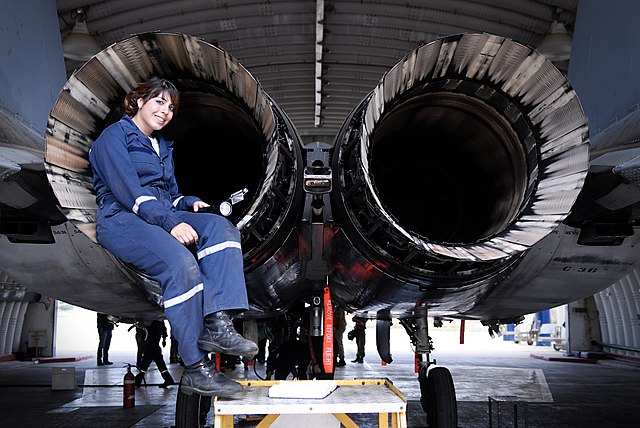Understanding Human Factors in Aviation
If you work in the Aviation Industry – whether you’re Engineers or Air Traffic Controllers – at some point you will be asked to complete a Human Factors in Aviation Safety course.
Most of us do one every year. Some of you will be instructors, which need to build a course for your company or your team.
Well good news for you guys and gals and they’s. The tools you need to combat stress or complete a challenging task are readily available. Some provided by many of the top Civil Aviation Authorities. And all for free. I have copied some of the links below.
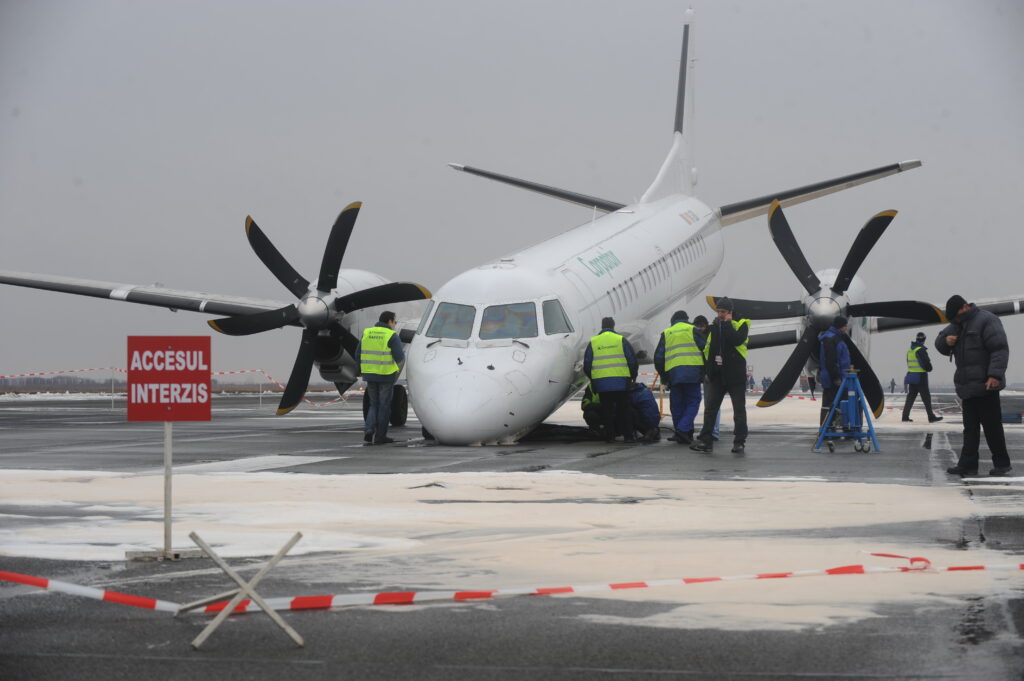
But don’t just head on over there and start getting these great videos and charts and checklists. First, you need to know what you are getting into. Why?
Because it is a deep and rich field of study of Human Performance that we call Aviation Psychology. Understanding it can have wider, positive ramifications on your professional and personal lives.
Human Factors (HF) sounds a little dull and they should really change the name. But this is the area where the most study and understanding takes place in the aviation environment. Most incidents, accidents, and SNAFUs are caused by lack of knowledge, lack of teamwork, and time pressures. And when you look closer at HF what you are really looking at is how we can work better.
So that our mistakes – which will happen – can be caught and nullified. But more importantly, what we call the “just culture” concept, accepts that these mistakes are made. And that we own up to them and we do something about them, so others don’t suffer the same fate.
Before Wiener and Nagel’s 1988 book (Human Factors in Aviation) was released we designed aviation systems and vehicles so they would operate in the best way possible. What we didn’t do was consider the operators.
The humans. Or their complex nature or experiences. We looked only at the regulatory requirements of the pilots, the engineers, or the people who would work with those machines. It started with pilot performance, where the most obvious human-machine interfacing took place in the flight deck.
But now Human Factors is everywhere. Any time a human must monitor, communicate, or interact with a machine or his team, we need to consider the Human Performance ramifications.
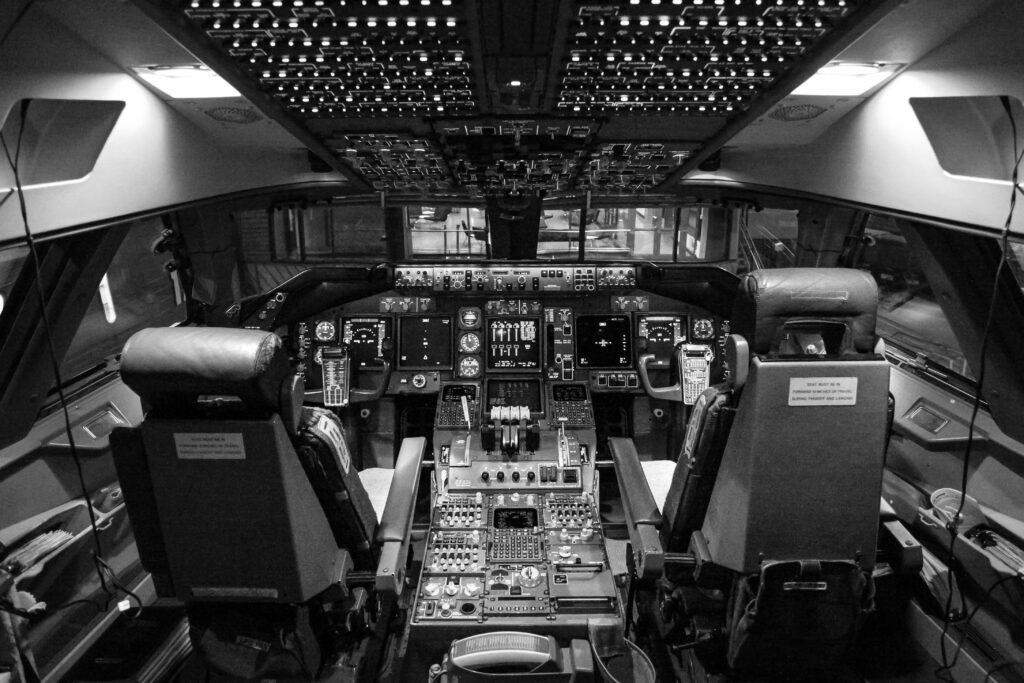
Avianca Flight 410 - Where Human Factors Began
One of the HF factors in aviation is Distractions. They can be catastrophic at the wrong time. When you are programming a machine, installing a critical component in the landing gear, or flying the aircraft. Wiener and Nagel studied the crash of Avianca Flight 410 in that same year and found some issues.
Poor teamwork and nonflying personnel present in the cockpit causing distractions that resulted in a perfectly good aircraft flying into the mountains. Something similar would happen 11 years later. An Aeroflot A310 went out of control when the captain allowed his young son to sit in his seat.
When they realized he had unknowingly disengaged the autopilot, it was too late. The aircraft stalled and they couldn’t regain control, which led to the crash
Human Factors in Aviation and Accidents
Thankfully, things have progressed since then, in all categories of aviation safety. From Aircraft to Air Traffic control to engineers working night shifts in cold hangers.
These days we design and manufacture machines with Human Performance in mind, as best we can. We simplify the controls, and we add screens to monitor or alert them to problems. Most aircraft systems have self-testing software. We know well in advance, weeks, or months when we might have a problem with a critical system.
But technology improves faster than we can. Software upgrades, automation, and operational efficiency mean that the human-machine interface is more critical now than it ever was. Those of you who have witnessed the recent Dragon capsule flying to ISS would have seen the difference between that cockpit and the Space Shuttle.
The Dragon effectively has two pilot seats and four screens. This might cause some of you to assume that this is now easier, or that we have won the war on mistakes and distractions. We have not. Because aviation organizations can cycle through systems and observe data from a sole source, the supply of data to that source has grown exponentially via our experiences.

What are Aviation Human Factors Measures ?
As always, your friendly neighborhood Aviation Authority is the central location for all things Human Factors. Through commercial aviation development and work from academia, there is an enormous number of resources that you can obtain, for free, that could help with your day-to-day safety planning, QMS, or SMS but also training material that you can use to educate your staff.
Things like CRM, Line Operations Safety Audits (LOSA), and Aviation Safety Action plans (ASAP) should be close to the top of your list of starting points. Two other critical areas that should be implemented as part of the plan and training are 1) Incident reporting and 2) Just Culture.
You need your staff to report it when things go wrong, or a threat is identified. Some may not want to do this as they might think they will be blamed for the mistake or somehow be punished by their cohort for shining a light on it. This would be a mistake. There was a common fault years ago on the A320 engine nacelles.
After working on the engine, engineers would leave the cowlings unlocked as different teams would work on separate parts of the engine.
Aviation Mistakes
But what would happen, is that the engine cowlings would not be clasped and locked before return to service. Shortly after take-off, the cowling doors would be ripped off by the wind. It has never caused a crash, but it certainly could.
You would think this would be a pretty obvious error, but if you google engine cowling you will discover it has happened a lot. Some maintenance teams learned their lesson, but the industry did not because of a desire to not talk about mistakes.
Human Factors Resources
The Federal Aviation Administration is a wonderful place to start on your Human Factors in Aviation Safety journey. Years back you could email them, and they would send you for free the whole pack in a DVD and CD-ROM. Thanks to the internet it’s all free to download now. They also have an ROI (Return on Investment) calculator.
The Australian CASA is great. With some awesome videos that are entertaining and educational at the same time. Real-world, impactful examples of how things can and will go wrong – are also available on their YouTube channel, to which you should be a subscriber. You can start here.
The UK CAA. We love the brits. Especially when it comes to resources. Here is a link to their Human Factors page but the amount of resources is endless.
They also do something other authorities don’t, they create user-friendly resources for people who must make regulations and laws and apply them to the real world. The CAA go a long way to helping us understand and implement complex things.
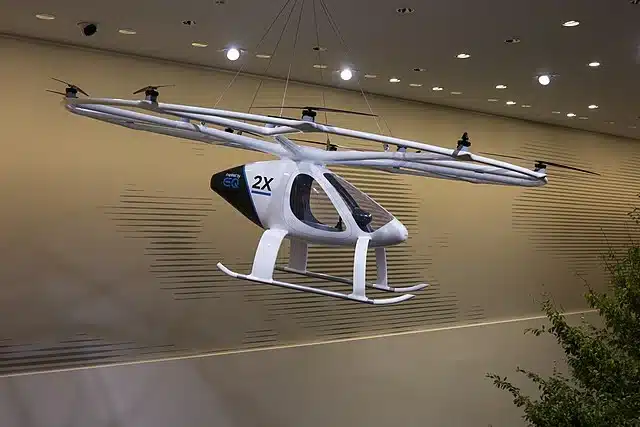
The Future for Aviation Human Factors
I appreciate this was a brief “current-state” of the human factors in aviation safety story. What this doesn’t do is explain the extent of CHANGE that is happening to commercial aviation at large.
Technology is changing, the material we build with is changing, and we now use devices and our phones at work to help us with tasks, something that would have been frowned upon 5 years ago. What doesn’t change however is the Aviation Human.
Workers can be easily distracted by stress, tiredness, and hunger. But there are tools to help us and skills we can learn that will keep us safe. But most of all we need to stop blaming humans for being human. We make mistakes all the time, and we should hold our hands up when it’s our turn to make a mistake in the hope others are watching and might learn something.

